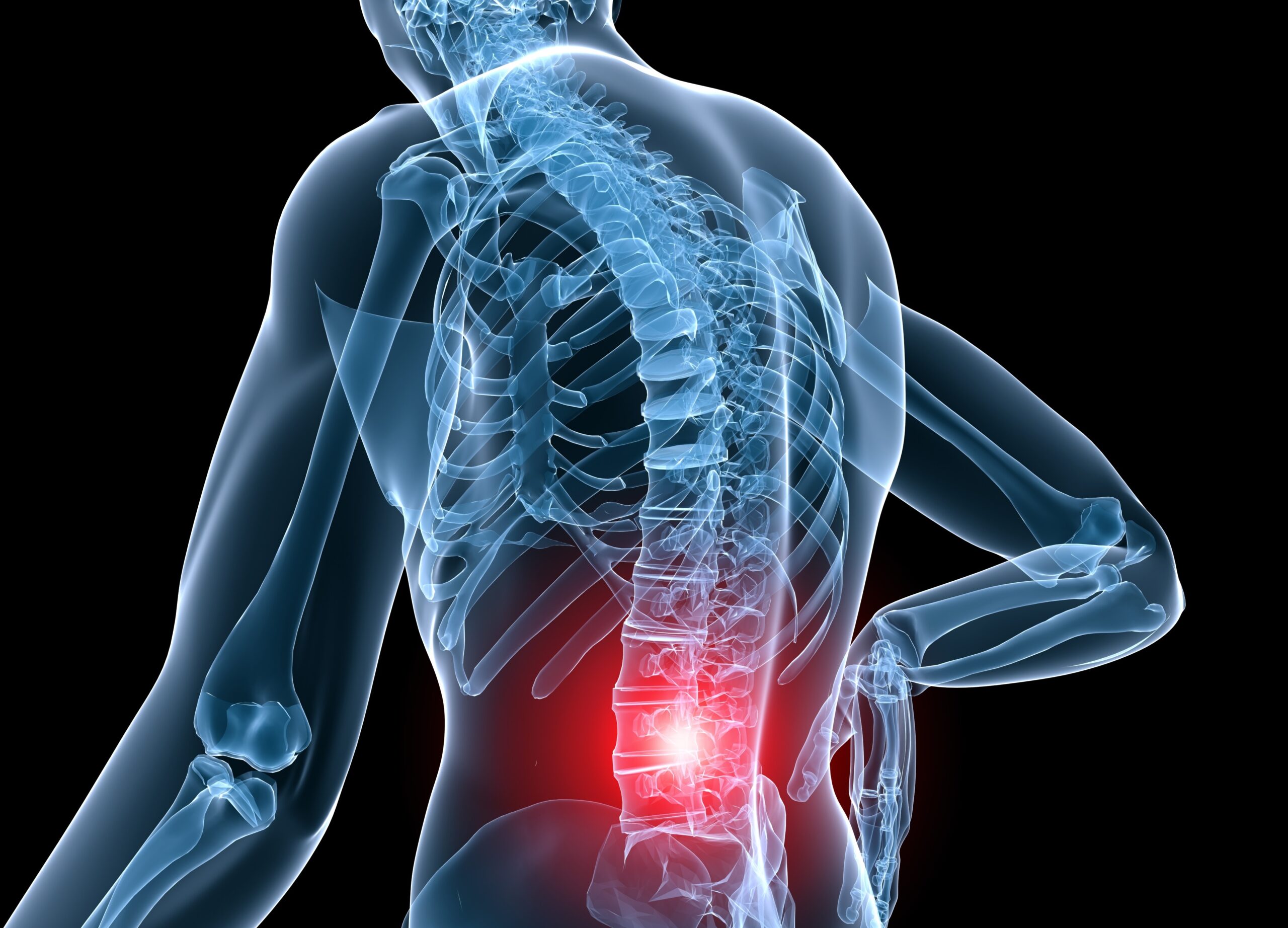This time, I will focus on chronic lower back pain. Lower back pain is often referred to as a modern-day ailment, exacerbated by the predominant desk-bound work style nowadays, and the increased prevalence of sedentary posture due to the widespread use of smartphones. Especially since the global coronavirus outbreak, telecommuting, which has become prevalent in Japan as well, has led to a lifestyle characterized by even less physical activity.
Many people suffer from chronic lower back pain at my clinic, constituting about half of all cases. This time, I will talk about chronic lower back pain, which is one of the most common causes among various types of lower back pain.

There are various types of lower back pain, ranging from the common acute lumbago to conditions such as lumbar disc herniation, discopathy, and degenerative joint disease/facet joint syndrome. Chronic lower back pain, in fact, simply refers to “chronic pain in the lower back” without specifying a specific cause. However, when this diagnosis is made primarily at hospitals, it often involves continuous dull pain or pain during movement caused by excessive tension in the muscles. Muscle tension can occur in any muscle group that supports the core (especially the lumbar region).
The strain on the lower back is primarily caused by the posture during sitting. The muscles supporting the lower back become tense due to the continuous burden of body weight on them. While muscle tension can be alleviated through movement, allowing for muscle stretching and improved blood flow, factors such as daily work and lack of exercise make tension more likely to occur and accumulate, leading to chronic lower back pain.
The muscle groups in the lower back are crucial for maintaining posture, so they are constantly under tension. However, lack of movement leads to a lack of stretching and contraction, resulting in chronic tension and subsequent onset of lower back pain.
So, what can be done to prevent or alleviate this condition?
One solution that readers may immediately think of is stretching! However, the muscle groups in the lower back are difficult to stretch because they are located at the center of the body. Instead, focus on loosening the muscle groups around the pelvis.
Lower back pain is closely related to the pelvis. Therefore, loosening the muscle groups around the pelvis, which serves as the foundation, is effective in preventing lower back pain.
Improving flexibility in muscle groups such as the glutes, iliopsoas running along the anterior side, and hamstrings at the back of the thighs is most effective for preventing lower back pain, so give it a try.
However, even with temporary improvements, there may not be a fundamental change. In such cases, more fundamental treatment is necessary.
By “fundamental improvement,” I mean improving the lumbar spine (backbone) and pelvis, as well as the hip joints. As mentioned earlier, although muscle tension is a “result,” the “cause” lies in the lack of joint mobility. Even if muscle tension is relieved, the “cause” of tension remains if the mobility of the lumbar spine, pelvis, and hip joints is not sufficiently maintained. Chiropractic treatment exists to address such conditions.
At Spine Chiropractic, I focus on joint motion under the treatment philosophy of Joint Motion to improve joint mobility, thereby maintaining the adequacy of the muscles.
For those who wish for fundamental improvement and long-lasting relief, please consult Spine Chiropractic in Bashamichi (near Kannai/Sakuragi-cho and Nihon Odori). In many cases, not only precise treatment but also a reassessment of daily habits is necessary for improvement, so we will provide advice on daily life as well.
If you are suffering from lower back pain that does not improve no matter where you go, please consult Spine Chiropractic.